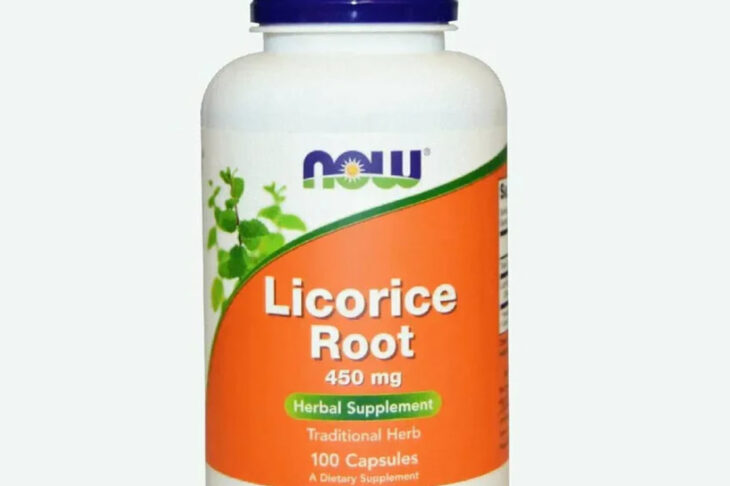
Fiber Can Help You Lose Weight — But Only a Specific Type
When it comes to weight loss, there are countless strategies and recommendations out there. One approach that has gained significant attention is the role of fiber in promoting weight loss. While fiber can indeed be beneficial for weight management, it’s important to understand that not all types of fiber are created equal. In this comprehensive guide, we will explore the different types of fiber and how they can support your weight loss goals.
Understanding Fiber:
Fiber is a type of carbohydrate that the body cannot digest or absorb. Instead, it passes through the digestive system relatively intact, adding bulk to the stool and aiding in healthy bowel movements. There are two primary types of fiber: soluble and insoluble.
Soluble Fiber:
Soluble fiber dissolves in water to form a gel-like substance. It can be found in foods such as oats, legumes, nuts, seeds, and some fruits and vegetables. This type of fiber is known for its ability to absorb water and slow down digestion, leading to a feeling of fullness and satiety. It also helps regulate blood sugar levels and lower cholesterol.
Insoluble Fiber:
Insoluble fiber, on the other hand, does not dissolve in water and remains relatively unchanged as it passes through the digestive system. It is commonly found in whole grains, wheat bran, and the skin of fruits and vegetables. Insoluble fiber adds bulk to the stool, promoting regular bowel movements and preventing constipation.
The Role of Fiber in Weight Loss:
Now that we understand the two types of fiber, let’s delve into how fiber can aid in weight loss.
Increased Satiety:
One of the main reasons why fiber can be beneficial for weight loss is its ability to increase satiety. Foods high in fiber take longer to chew and digest, resulting in a longer-lasting feeling of fullness. This can prevent overeating and help control calorie intake, ultimately leading to weight loss.
Reduced Caloric Density:
Foods rich in fiber often have a lower caloric density compared to their fiber-deficient counterparts. Caloric density refers to the number of calories in a given volume of food. By opting for fiber-rich foods such as fruits, vegetables, and whole grains, you can consume a larger portion size with fewer calories, promoting weight loss.
Slower Digestion and Blood Sugar Regulation:
Soluble fiber, in particular, slows down the digestion and absorption of carbohydrates, which helps regulate blood sugar levels. This can prevent sudden spikes in blood sugar and subsequent crashes, reducing cravings and promoting stable energy levels. Stable blood sugar levels are essential for weight management and overall health.
Improved Gut Health:
A healthy gut is crucial for optimal digestion and nutrient absorption. Both soluble and insoluble fiber contribute to a healthy gut by promoting regular bowel movements, preventing constipation, and providing nourishment for beneficial gut bacteria. A balanced gut microbiome has been linked to improved metabolism and weight regulation.
Choosing the Right Fiber:
To maximize the weight loss benefits of fiber, it’s important to choose the right types and sources. Here are some tips:
Opt for Whole Foods:
Whole foods, such as fruits, vegetables, legumes, and whole grains, are excellent sources of fiber. They are also packed with essential nutrients, vitamins, and minerals. Processed foods, on the other hand, are often stripped of fiber during manufacturing.
Aim for Variety:
To obtain the full spectrum of fiber benefits, include a variety of fiber-rich foods in your diet. Different types of fiber have slightly different effects on the body, so diversifying your fiber sources will ensure you reap all the benefits.
Gradually Increase Fiber Intake:
If you’re not accustomed to a high-fiber diet, it’s essential to gradually increase your fiber intake. Sudden significant increases in fiber consumption can lead to bloating, gas, and discomfort. Start by incorporating small portions of fiber-rich foods and gradually increase over time.
Stay Hydrated:
Fiber absorbs water, so it’s crucial to stay hydrated when increasing your fiber intake. Aim for an adequate daily water intake to help fiber do its job effectively and prevent potential digestive issues.
Consider Supplements:
If it’s challenging to meet your fiber requirements through diet alone, fiber supplements can be an option. However, it’s always preferable to obtain fiber from whole foods, as they provide additional nutrients and phytochemicals that supplements may lack.
Conclusion:
Fiber can be a valuable tool in your weight loss journey, but it’s important to focus on the right types of fiber. Soluble fiber, with its satiating and blood sugar-regulating properties, is particularly beneficial. Combining a high-fiber diet with regular exercise and a balanced overall eating plan will yield the best results. Remember to consult with a healthcare professional or registered dietitian before making any significant dietary changes, especially if you have any underlying health conditions. Embrace the power of fiber and embark on a healthy, sustainable weight loss journey.
- Sweet Boost: My Take on Just Kratom’s Tropical Passion Gummies and Their Punchy Kick - September 13, 2024
- Fiber Can Help You Lose Weight — But Only a Specific Type - July 12, 2023
- What Is Cbn And How Is It Different From CBD - June 16, 2023


